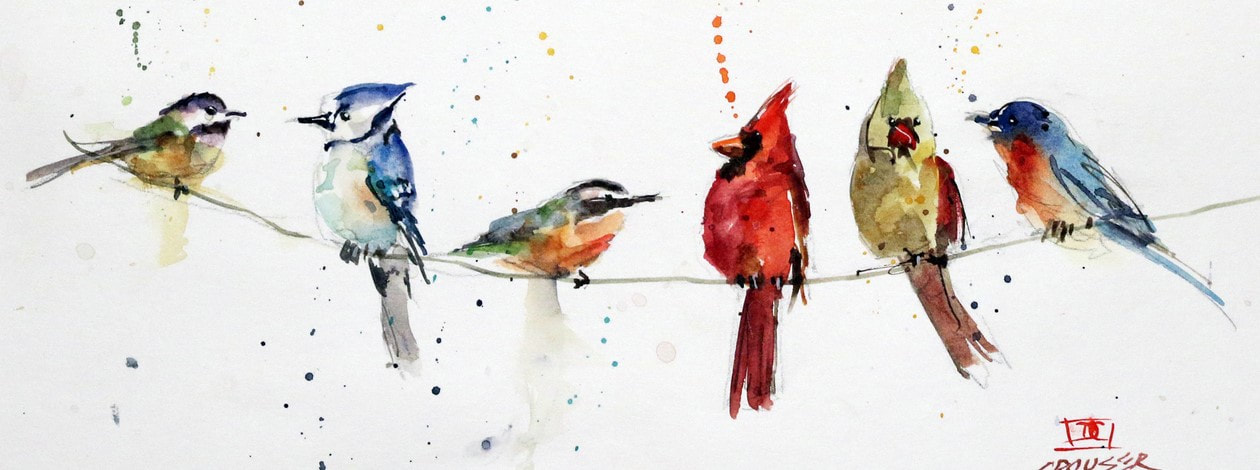Good Birding Spots in Mammoth Cave National Park
Woodland habitat - River Styx Trail, Green River Bluffs Trail, Echo River Springs Trail, Joppa Ridge Motor Trail, Turnhole Bend Nature Trail, Little Jordan Road, North Entrance Road, Flint Ridge Road. Common breeding birds include scarlet tanagers, red-eyed and yellow-throated vireos, eastern wood-peewees, Acadian flycatchers, yellow-billed cuckoos, wood thrushes, ovenbirds, along with hooded, Kentucky, black-and-white, and worm-eating warblers. Add yellow-bellied sapsuckers, yellow-rumped warblers, hermit thrushes, brown creepers, and purple finches during the winter months.
Visitor Center clearing - the acreage around the buildings is large enough to host birds which require more open space, including summer tanagers, eastern bluebirds, great crested flycatchers, brown thrashers, red-headed woodpeckers, chipping sparrows, and occasional fly-over hawks and bald eagles. Clearing edges can be excellent for migrants during spring and fall migrations.
River bottoms - Nolin and Green Rivers. Common breeding birds include Louisiana waterthrushes, along with prothonotary, northen parula, and yellow-throated warblers; bald eagles nest on the rivers, and can be almost always seen from a canoe. Great blue and green herons are present in summer; waterfowl use the rivers during migration and over the winter. River habitat can be accessed from the Echo River Springs Trail, the River Styx Trail, and the Green River Ferry and Houchins Ferry areas.
Sloan's Crossing Pond and First Creek Lake - small bodies of water, hosting wood ducks, mallards, and pied billed grebes. Green herons have nested at First Creek Lake.
Flint Ridge Road - park near the gated head of the Great Onyx Cave Road (at 37.197125, -86.079398), making sure NOT to block the road. Walk either way along Flint Ridge Road (watching for occasional traffic) or down the Great Onyx Cave Rd. Breeding birds include prairie, blue-winged, hooded, Kentucky, and worm-eating warblers, red-headed woodpeckers, white-eyed vireos, yellow-billed cuckoos, and great crested flycatchers. This area can provide excellent birding during spring and fall migration.
Maple Springs area - park in either the campground loop at 37.204157, -86.136725, (being careful not to disturb campers) or the parking lot at 37.205992, -86.138864. Walk between these two possible parking spots and around the campground loop. With a mix of habitats, this area can be excellent for spring and fall migrants.
Bike Trail - the southern end of this trail provides open grassland habitat. Park in the small lot on Hwy 255, near the Mammoth Cave National Park sign, at 37.104323, -86.058282. Walk north from this lot through open woods and a few areas of grasslands. Cross the Diamond Caverns parking lot to pick up the trail and continue north. Breeding yellow-breasted chats, blue-winged warblers, indigo buntings, common yellowthroats, eastern bluebirds, and other open area birds can be found. This trail can be an outstanding area for spring and summer migrants.
Dennison Ferry Day Use Area - a 1.6 mile woodland road (starting at 37.202750, -86.031133) leads to a river bank canoe launch and picnic area. Cerulean warblers breed here, along with yellow-throated, Kentucky, prothonotary, and northern parula warblers. Many other woodland species can be found along the road and by the river.
